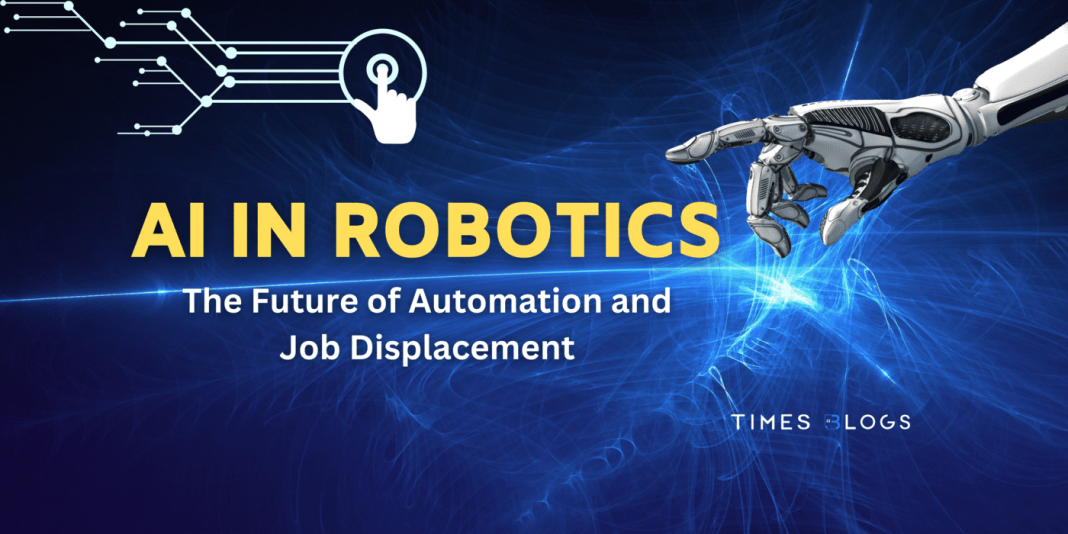Introduction:
Artificial Intelligence (AI) and robotics have made significant advancements in recent years, revolutionizing various industries and transforming the way we live and work. While these technologies offer numerous benefits, they also raise concerns about job displacement and the future of employment. In this blog post, we will explore the role of AI and robotics in automation, the potential impact on jobs, and the strategies to adapt to this rapidly changing landscape.
Table of Contents
Understanding Artificial Intelligence and Robotics:
What is Artificial Intelligence?
Artificial Intelligence (AI) refers to the development of computer systems and algorithms that can perform tasks that typically require human intelligence. It involves creating intelligent machines that can simulate human cognitive functions such as learning, reasoning, problem-solving, perception, and decision-making.
AI systems are designed to analyze vast amounts of data, recognize patterns, and make predictions or decisions based on that information. They aim to mimic human intelligence by processing information, adapting to new inputs, and performing tasks with accuracy and efficiency.
There are different branches of AI, including:
Narrow or Weak AI:
Narrow or Weak AI refers to AI systems designed to perform specific tasks or functions within a limited domain. These systems are focused on a particular area and excel at performing well-defined tasks. Examples include virtual assistants, image recognition algorithms, and recommendation systems.
General AI:
General AI, also known as Strong AI, refers to AI systems that possess the ability to understand, learn, and perform any intellectual task that a human being can do. These systems can apply their intelligence across various domains and adapt to new situations. However, the development of true General AI is still a subject of ongoing research and remains a long-term goal.
Machine Learning:
Machine Learning is a subset of AI that focuses on enabling machines to learn and improve from experience without being explicitly programmed. Machine Learning algorithms allow AI systems to automatically analyze and interpret data, recognize patterns, and make predictions or decisions. It forms the foundation of many AI applications, such as image and speech recognition, natural language processing, and recommendation systems.
Artificial Intelligence involves creating intelligent systems and algorithms that can perform tasks requiring human intelligence. It encompasses various branches, including narrow and general AI, machine learning, and deep learning, enabling machines to learn, reason, and make decisions in a way that mimics human intelligence.
Deep Learning:
Deep Learning is a specialized form of Machine Learning that utilizes artificial neural networks inspired by the structure and function of the human brain. These neural networks consist of multiple layers of interconnected nodes (artificial neurons) that process and transform data. Deep Learning algorithms excel at complex pattern recognition tasks and have achieved remarkable performance in areas like computer vision, speech recognition, and natural language understanding.
Artificial Intelligence involves creating intelligent systems and algorithms that can perform tasks requiring human intelligence. It encompasses various branches, including narrow and general AI, machine learning, and deep learning, enabling machines to learn, reason, and make decisions in a way that mimics human intelligence.
What are Robotics?
Robotics is a field of study and practice that deals with the design, development, and operation of robots. A robot is a physical machine or system that is programmed to interact with its environment and perform tasks autonomously or with human guidance.
Robots can come in various forms, sizes, and functionalities. They can be stationary or mobile, depending on their intended applications. Robotics combines elements of mechanical engineering, electronics, computer science, and artificial intelligence to create machines that can perceive their surroundings, make decisions, and execute actions.
The key components of a robot include:
Mechanical Structure:
The mechanical structure of a robot consists of its physical body or framework. It defines the robot’s shape, size, and mobility. The structure may include rigid or flexible components, joints, actuators, sensors, and end-effectors (tools or devices for interacting with the environment).
Actuators:
Actuators are the components responsible for enabling motion in a robot. They convert energy into mechanical movement. Examples of actuators used in robotics include motors, hydraulic systems, pneumatic systems, and servos. Actuators allow robots to manipulate objects, move their limbs or wheels, and perform various tasks.
Sensors:
Sensors play a crucial role in robotics by providing information about the robot’s environment. They allow robots to perceive and gather data about their surroundings, such as detecting obstacles, measuring distances, capturing images, or sensing temperature and pressure. Common sensors used in robotics include cameras, ultrasonic sensors, infrared sensors, and force sensors.
Control System:
The control system of a robot comprises the software, algorithms, and electronics that govern its behavior. It processes sensor data, makes decisions, and generates commands for the actuators. The control system can range from simple rule-based programs to sophisticated AI algorithms that enable advanced perception, planning, and decision-making capabilities.
Human-Robot Interaction:
Human-Robot Interaction (HRI) focuses on the interaction between humans and robots. It deals with developing interfaces and communication methods that allow humans to interact with robots effectively and safely. HRI encompasses areas such as speech recognition, gesture recognition, tactile feedback, and intuitive user interfaces.
Robotics finds applications in various industries and domains, including manufacturing, healthcare, agriculture, space exploration, defense, and entertainment. Robots can be used for tasks that are dangerous, repetitive, precise, or require immense strength or endurance. They can assist humans in performing complex surgeries, assembling products, exploring hazardous environments, and much more.
Robotics involves the design, development, and operation of physical machines called robots. These machines can interact with the environment and perform tasks autonomously or under human guidance. Robotics combines mechanical engineering, electronics, computer science, and AI to create machines with mobility, perception, and action capabilities.
The Impact of AI and Robotics on Automation:
The integration of AI and robotics has had a profound impact on automation across various industries. These technologies offer numerous benefits, including increased efficiency, improved accuracy, reduced costs, and enhanced productivity. Let’s delve into the specific areas where AI and robotics have made a significant impact on automation:
Increased Efficiency and Productivity:
AI and robotics have revolutionized the way tasks are performed, leading to increased efficiency and productivity in several sectors. By automating repetitive and mundane tasks, robots can perform them consistently and with high precision, resulting in faster production cycles and reduced errors.
Example: Manufacturing Industry In manufacturing, robots equipped with AI vision systems can quickly and accurately assemble products on assembly lines. They can handle tasks such as picking and placing components, welding, and quality control. This level of automation significantly increases production rates, reduces labor costs, and improves overall efficiency.
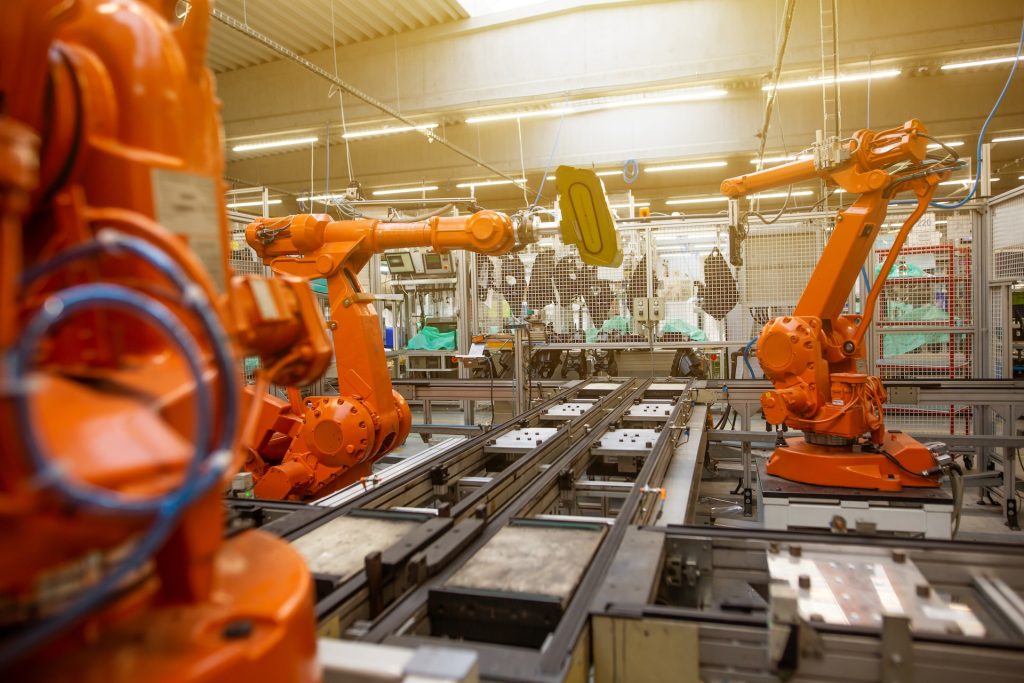
Advancements in Natural Language Processing:
Natural Language Processing (NLP) is a branch of AI that focuses on enabling machines to understand and interpret human language. This advancement has led to the development of virtual assistants and chatbots that can automate customer support and handle routine inquiries.
Example: Customer Service Many companies have implemented AI-powered virtual assistants, such as chatbots, on their websites and customer service platforms. These chatbots can interact with customers, understand their queries, and provide relevant responses in real-time. By automating these interactions, businesses can improve response times, enhance customer satisfaction, and reduce the workload on human customer service representatives.
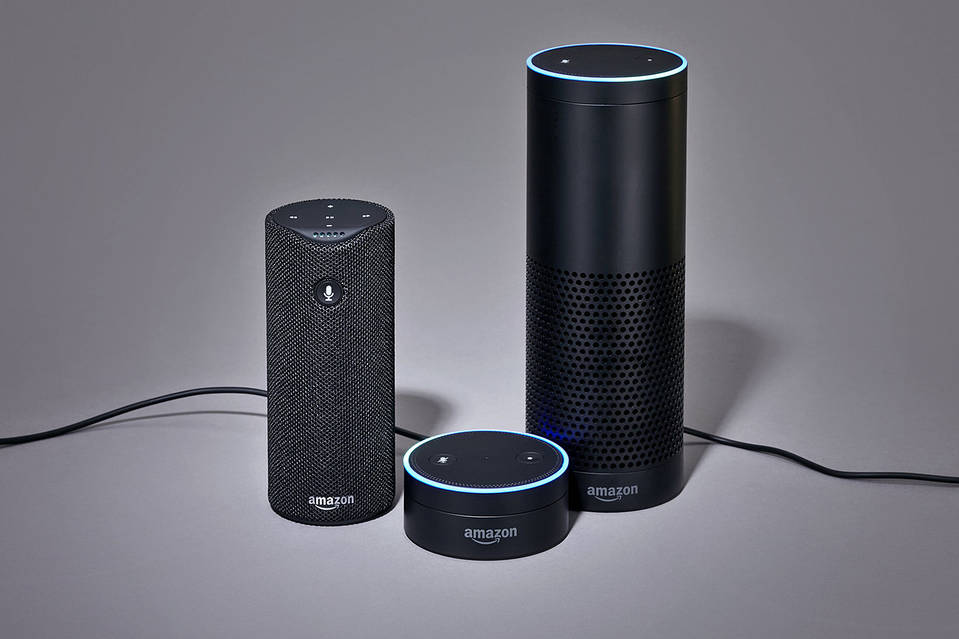
Precision and Decision-making in Complex Tasks:
AI and robotics excel in tasks that require precision, complex calculations, and data analysis. By leveraging machine learning algorithms and advanced sensors, robots can perform intricate operations with a level of accuracy that surpasses human capabilities.
Example: Healthcare Industry In the healthcare sector, robotic surgical systems have transformed the way surgeries are performed. These systems, such as the da Vinci Surgical System, provide surgeons with enhanced precision, dexterity, and visualization during procedures. They enable minimally invasive surgeries with smaller incisions, reduced patient trauma, and faster recovery times. The automation of certain aspects of surgery through robotics improves patient outcomes and allows surgeons to perform complex procedures with greater efficiency.
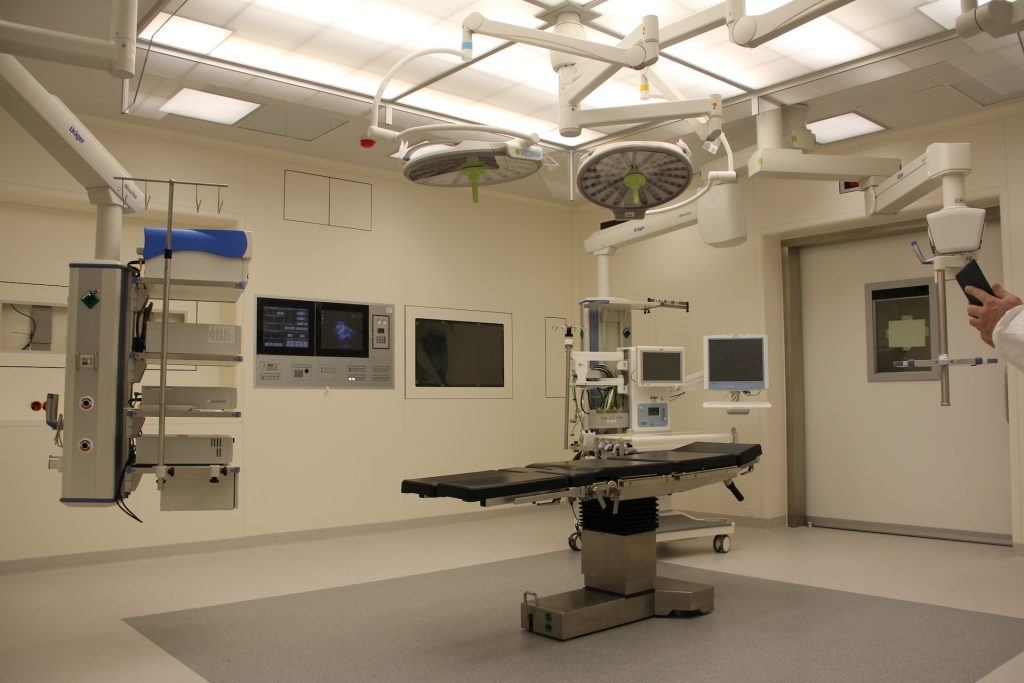
Optimization in Logistics and Supply Chain Management:
AI and robotics have significantly impacted the logistics and supply chain industry by optimizing processes and improving overall efficiency. Autonomous robots can handle warehousing, order fulfillment, inventory management, and even last-mile delivery, streamlining operations and reducing costs.
Example: Warehouse Automation Robots equipped with AI capabilities can navigate warehouse environments, identify and retrieve items, and organize inventory. These robots work collaboratively with human workers, taking care of repetitive and physically demanding tasks. By automating warehousing processes, businesses can achieve faster order fulfillment, minimize errors, and maximize storage capacity.
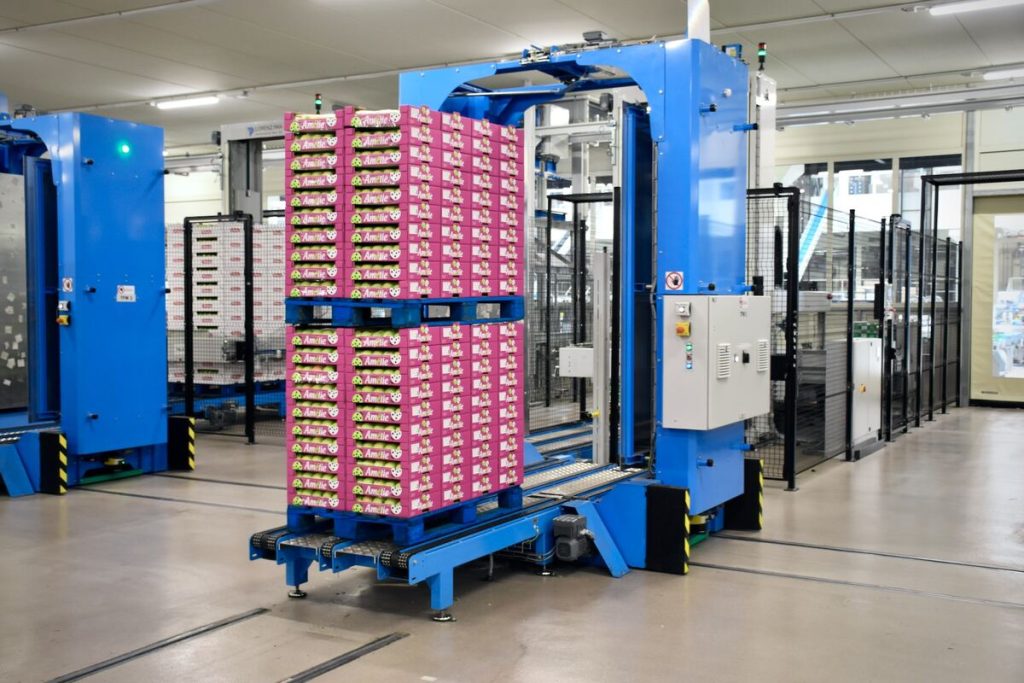
Job Displacement Concerns:
While AI and robotics have brought about significant advancements and automation benefits, there are legitimate concerns about job displacement. The increasing automation of tasks that were previously performed by humans raises questions about the future of work and the potential impact on employment opportunities. Here are some key considerations regarding job displacement:
Routine and Repetitive Tasks:
AI and robotics excel at automating routine and repetitive tasks that are often associated with manual labor or administrative work. These tasks include data entry, assembly line operations, basic customer service interactions, and more. As machines become more capable of performing these tasks efficiently and accurately, there is a possibility of job loss for individuals engaged in such activities.
Example: Automotive Industry With the introduction of robotics in the automotive industry, many tasks, such as welding, painting, and assembly, have been automated. While this has led to increased productivity and precision, it has also resulted in a reduced need for human workers in these specific roles.
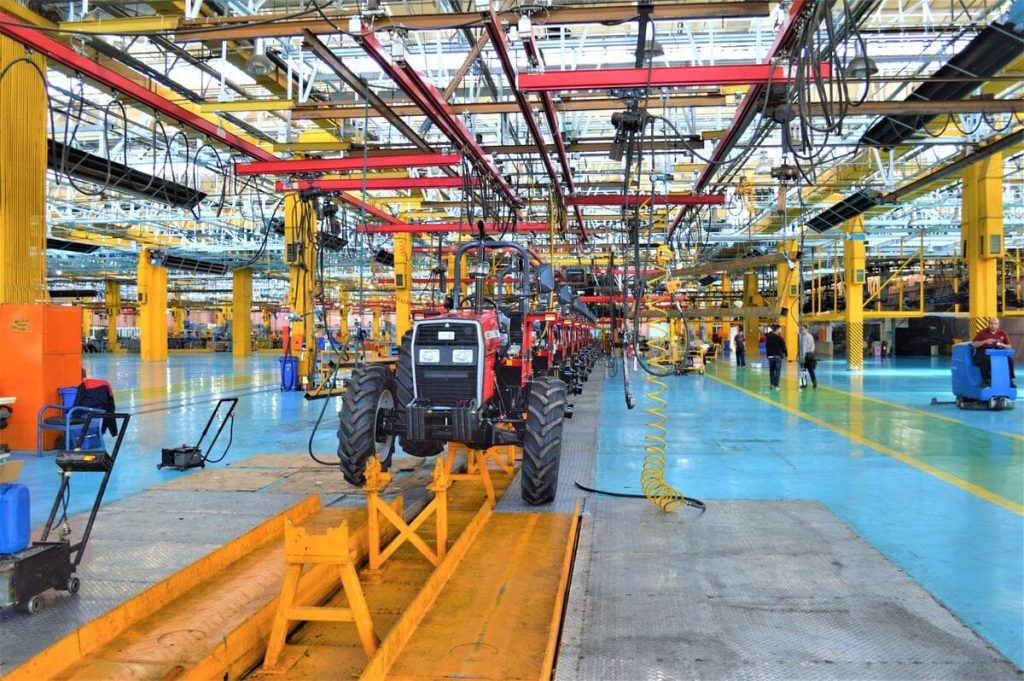
Shift in Job Demands:
As automation takes over certain tasks, the nature of job demands will likely shift. While some jobs may be replaced by AI and robotics, new job opportunities can emerge that require skills complementary to these technologies. The workforce will need to adapt and acquire the necessary skills to thrive in the changing job market.
Example: Data Analysis As AI systems generate vast amounts of data, there is an increasing demand for individuals skilled in data analysis, interpretation, and decision-making. Jobs such as data scientists, machine learning engineers, and AI specialists are witnessing growth as organizations seek professionals who can derive valuable insights from AI-generated data.

Reskilling and Upskilling:
To mitigate the potential negative effects of job displacement, reskilling and upskilling initiatives become crucial. By investing in lifelong learning and acquiring new skills, individuals can adapt to the evolving job market and find employment opportunities that align with the demands of AI and robotics.
Example: Automation Technician As automation expands, the need for individuals who can design, program, maintain, and repair robotic systems will increase. Reskilling programs can train individuals to become automation technicians who specialize in working with AI-powered robots and maintaining their functionality.
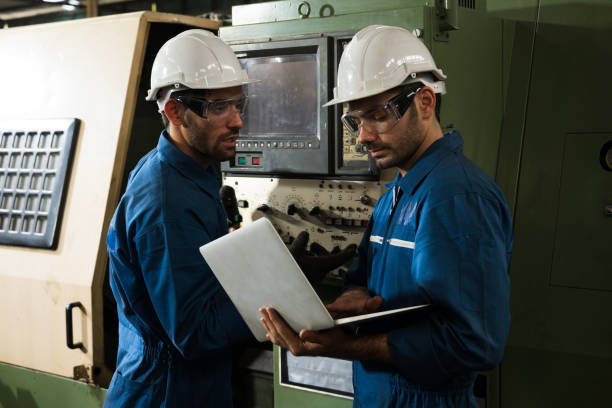
New Job Opportunities:
While job displacement is a concern, it is important to note that the rise of AI and robotics can also create new job opportunities. These technologies require human oversight, maintenance, and specialized skills that cannot be automated entirely. Moreover, the development, implementation, and regulation of AI and robotics systems will require expertise from various fields.
Example: AI Ethicist As AI becomes more pervasive, the need for professionals who can ensure ethical considerations in AI development and deployment grows. AI ethicists can contribute to designing AI systems that are fair, transparent, and aligned with societal values.

Strategies for Adapting to the Changing Landscape:
Lifelong Learning and Skill Development:
To remain relevant in a world increasingly influenced by AI and robotics, individuals need to embrace lifelong learning. Developing skills in areas such as data analysis, programming, and human psychology will be valuable in the future job market. Additionally, acquiring expertise in fields that complement AI and robotics, such as ethics, cybersecurity, and human-robot interaction, can open up new career opportunities.
Example: Online Learning Platforms Online learning platforms like Coursera and Udemy offer a wide range of courses and certifications in emerging technologies. These platforms allow individuals to upskill or reskill at their own pace, providing flexibility and accessibility to learning resources.

Embracing Collaboration between Humans and Machines:
Rather than viewing AI and robotics as replacements for human workers, organizations should focus on fostering collaboration between humans and machines. By leveraging the strengths of both, businesses can achieve optimal outcomes and create new roles that require a blend of human and AI capabilities.
Example: Warehouse Management In e-commerce fulfillment centers, robots and humans work together in a coordinated manner. Robots handle the heavy lifting and transportation of goods, while human workers oversee quality control, decision-making, and managing exceptions.
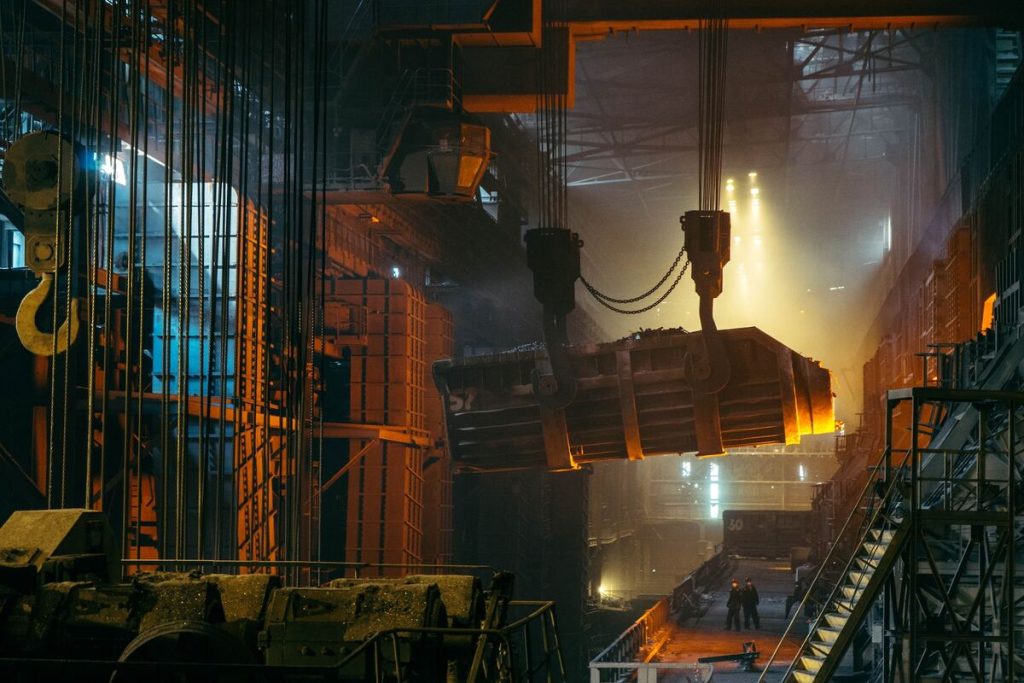
Social and Policy Considerations:
As AI and robotics continue to advance, it is crucial to address the social and policy implications. Governments, organizations, and society as a whole need to engage in discussions about the impact of automation on jobs, income inequality, and the ethical use of AI.
Example: Universal Basic Income (UBI) Some proponents suggest implementing a UBI system, where every citizen receives a regular income regardless of their employment status. This approach aims to provide financial stability to individuals affected by job displacement and foster entrepreneurship and innovation.

Collaboration and Partnership:
Collaboration and partnership among stakeholders such as government, academia, industry, and workers can help address the challenges posed by job displacement. These stakeholders can work together to identify emerging trends, design policies, and implement training programs that enable workers to adapt to the changing job market.
Example: Public-Private Partnership Public-private partnerships can facilitate collaboration among stakeholders to address the impact of automation on employment. For instance, governments can partner with industry to design training programs that prepare workers for the jobs of the future.

Entrepreneurship:
As automation leads to the creation of new job opportunities and industries, entrepreneurship becomes an essential strategy for adapting to the changing landscape. Entrepreneurs can leverage the latest advancements in AI and robotics to create new products, services, and business models that cater to the needs of the market.
Example: Robotics Startups Robotics startups such as Boston Dynamics, Fetch Robotics, and Rethink Robotics have leveraged AI and robotics to create innovative products and solutions that enhance productivity and efficiency in various industries.
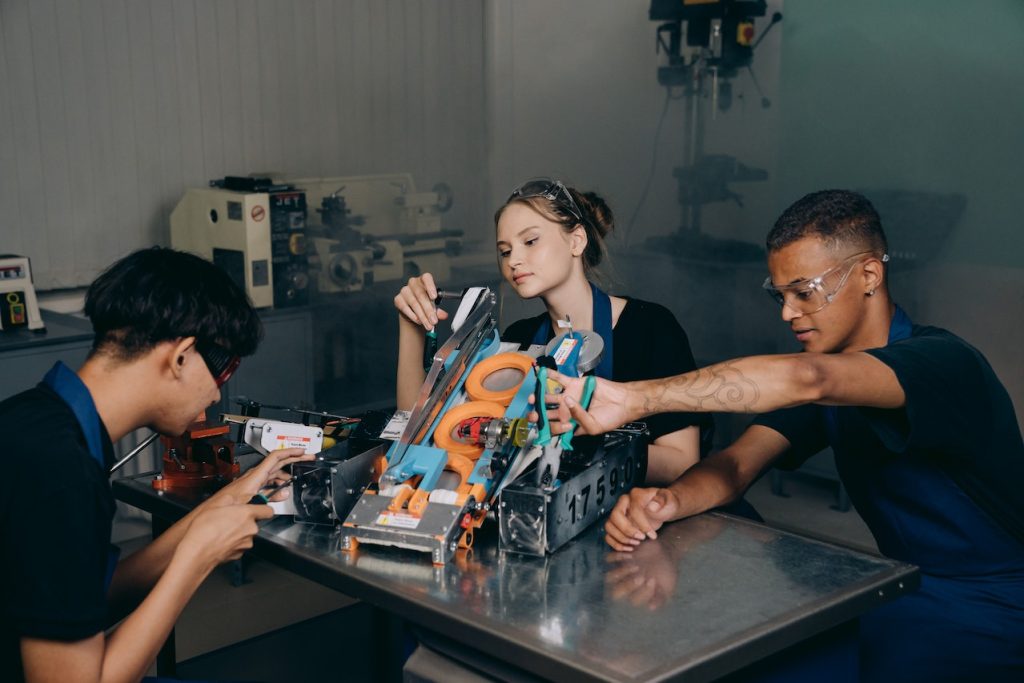
Flexibility and Agility:
The evolving job market requires individuals to be flexible and agile in their approach to work. This includes a willingness to embrace new technologies, adapt to changing job requirements, and engage in continuous learning.
Example: Gig Economy The gig economy offers individuals the opportunity to work on a flexible and project-based basis. This model allows individuals to work on projects that align with their skills and interests, enabling them to adapt to the changing job market.
Conclusion
Artificial Intelligence and robotics are revolutionizing the way we live and work, offering immense potential for increased efficiency and productivity. However, concerns about job displacement arise as automation replaces routine and repetitive tasks. To navigate this changing landscape, individuals and organizations must adapt by embracing lifelong learning, fostering collaboration between humans and machines, and addressing social and policy considerations. By leveraging the strengths of AI and robotics while recognizing the unique capabilities of humans, we can shape a future where automation coexists with meaningful and fulfilling employment.
References:
- https://www.forbes.com/sites/forbestechcouncil/2020/12/15/the-future-of-ai-and-automation-implications-for-the-workforce/?sh=5c48176c4a78
- https://www.weforum.org/agenda/2016/03/robot-jobs-the-future-of-work-2/
- https://www.ncbi.nlm.nih.gov/pmc/articles/PMC7127449/
- https://www.mckinsey.com/business-functions/mckinsey-digital/our-insights/how-artificial-intelligence-can-deliver-real-value-to-companies
- https://www.brookings.edu/research/automation-and-artificial-intelligence-how-machines-are-affecting-people-and-places/


